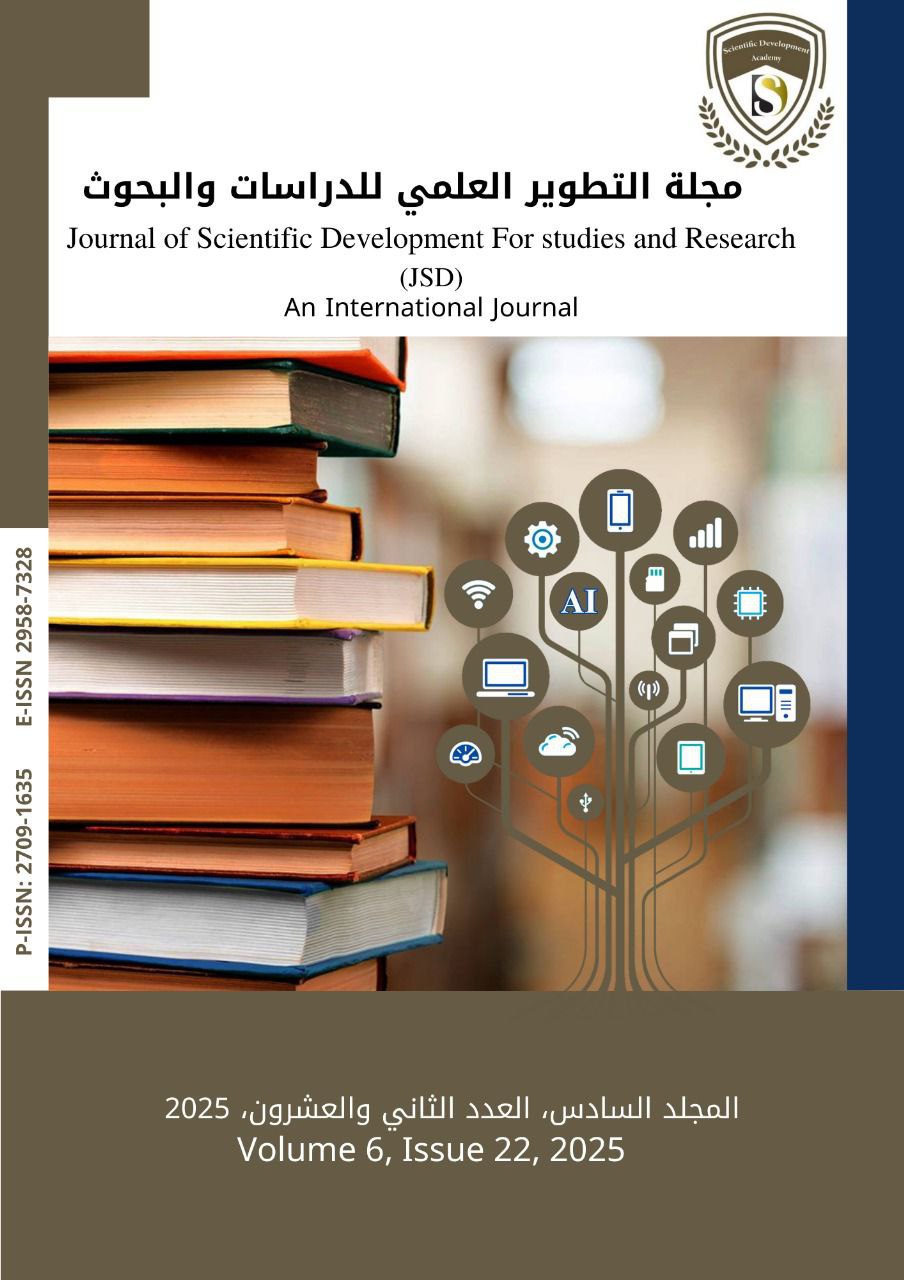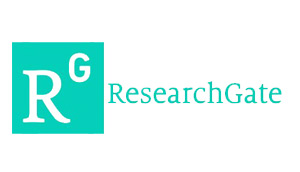The Impact of Machine Translation on Arabic Linguistic Structure: A Study in Light of Computational Linguistics
DOI:
https://doi.org/10.61212/jsd/378Keywords:
; Text analysis, Natural language processing, Artificial intelligence, Computational linguisticsAbstract
Considering the technological revolution the world is witnessing today; machine translation has become an indispensable tool for knowledge transfer and cross-cultural communication. However, questions arise regarding the impact of these technologies on the Arabic language, particularly from the perspective of computational linguistics, which focuses on studying language through modern technologies. Arabic is considered one of the most complex languages in terms of morphological and syntactic structures, as it relies on a root-based system and precise linguistic constructions. This complexity poses a significant challenge to machine translation systems that depend on algorithms and natural language processing (NLP). Despite the continuous advancements in these systems, they still encounter notable difficulties when handling Arabic, which often affects the quality of the translated texts. One of the key issues machine translation faces with Arabic is the difficulty in maintaining the original syntactic structure or intended meaning, especially in long or compound sentences. Moreover, machine translation sometimes tends to be overly literal, which leads to the loss of subtle nuances that require a deeper understanding of the linguistic and cultural context, Common errors include confusion in verb tenses, inaccurate translation of idiomatic expressions, and neglecting the cultural and social context that language plays in shaping meaning. To clarify these challenges, this study will analyze popular machine translation models such as "Google Translate" and "DeepL" on morphological, syntactic, and semantic levels. The results indicate that these models still require further development to suit the unique nature of the Arabic language. The study will also propose solutions aimed at improving translation accuracy while ensuring cultural and linguistic depth, The significance of this research lies in its exploration of a vital topic that addresses the interaction between technology and the Arabic language. Understanding this interaction will help formulate strategies to preserve the authenticity of the Arabic language while adapting it to meet the demands of the digital age.
Downloads
Published
Issue
Section
License
Copyright (c) 2025 Journal of Scientific Development for Studies and Research (JSD)

This work is licensed under a Creative Commons Attribution 4.0 International License.




























